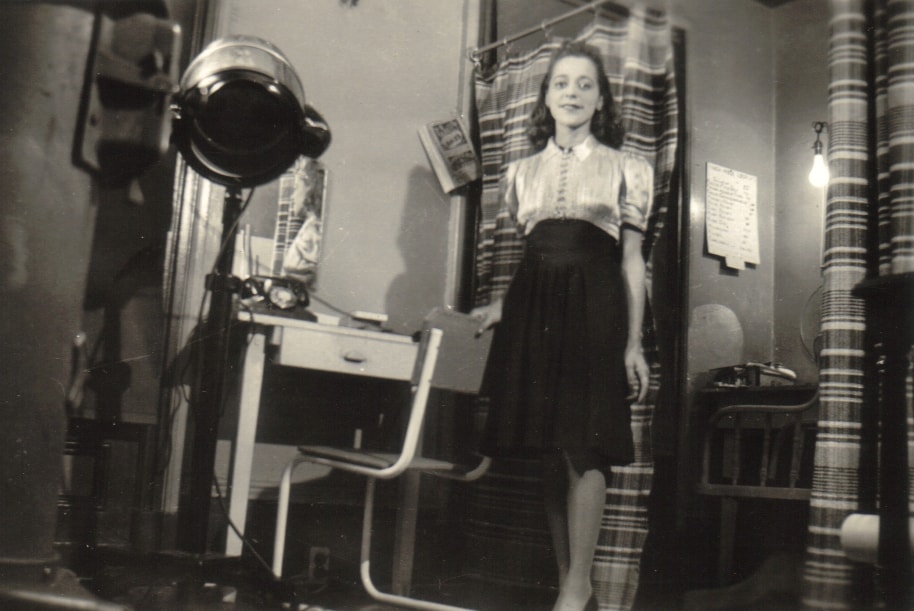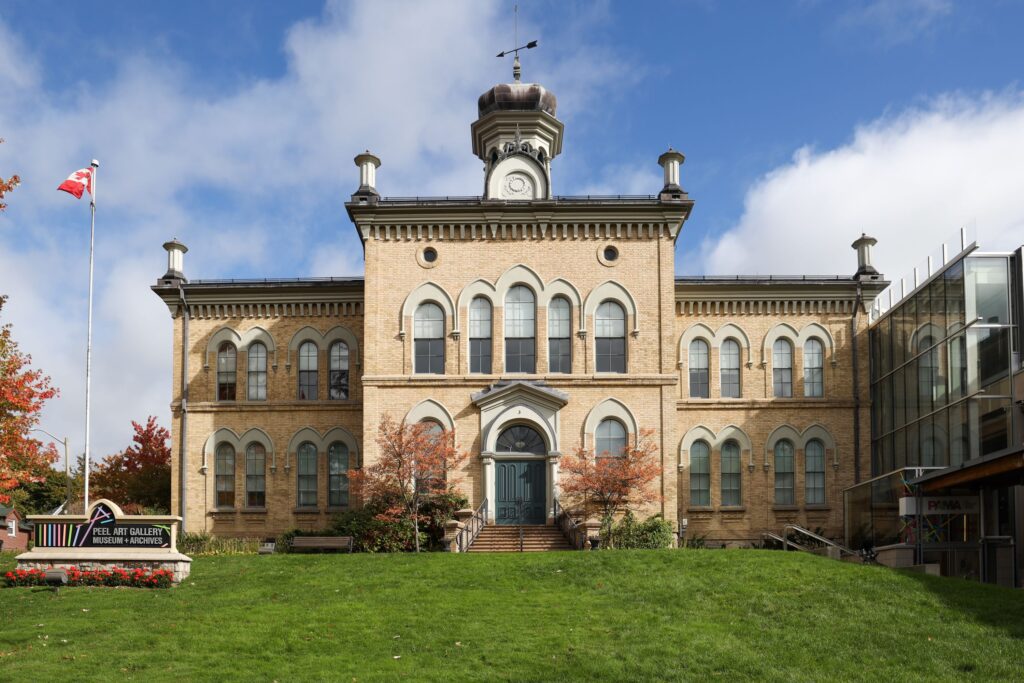On November 8, 1946, a Black Canadian businesswoman named Viola Desmond made a decision that would change the course of civil rights history in Canada when she refused to leave a segregated section at a New Glasgow movie theatre in Nova Scotia. This decision made Viola a key figure in Canada’s civil rights movement.
You can learn more about Viola Desmond and other activists in Canada at incredible museums, like the Canadian Museum for Human Rights in Winnipeg, Manitoba. This museum and many others partner with us. Meaning, as a Canoo member, you can visit for free! Are you eligible? Download the Canoo app and find out.
Who Was Viola Desmond?
Born in Halifax, Nova Scotia, in 1914, Viola was a successful entrepreneur who built a beauty empire. As a Black woman in the early 20th century, she recognized the lack of beauty products and training opportunities for Black women. This led her to create the Desmond School of Beauty Culture and her own line of beauty products, providing economic opportunities for Black women across Nova Scotia.
The Incident That Sparked Change
What many don’t know is that Viola’s stand at the movie theatre in New Glasgow was completely unplanned. When her car broke down in New Glasgow, she visited the local movie theatre to pass the time while waiting for repairs. After purchasing a ticket, she discovered that she was prohibited from sitting on the main floor section as a result of the local theatre’s segregation policy. But she sat down on the main floor anyways.
When asked to move to the balcony (the designated area for Black patrons), she refused!
Viola Desmond’s Legal Battle
Viola was arrested, jailed, and fined for tax evasion because the theatre claimed she didn’t pay the 1-cent difference between floor and balcony seating. She challenged the charges in court, becoming the first Black woman in Canada to challenge racial segregation legally. While she ultimately lost her appeal, her case inspired the civil rights movement in Canada and helped end segregation in Nova Scotia just a few years later in 1954.
Historical Significance in Black History Month
During Black History Month, we celebrate pioneers like Viola Desmond who fought against systemic racism.
Viola Desmond’s Impact on Modern Canada
Viola’s legacy continues to influence Canadian society today. The Nova Scotia government officially pardoned her in 2010, with then-Lieutenant Governor Mayann Francis, the first Black Nova Scotian to hold this position, signing Viola’s pardon. This was an act of gratitude to celebrate how she overcame the injustices for the betterment of her community, her home, and Canada as a whole.
She was placed on the $10 bill as a recognition of the better Canada that she fought for. And was even the first Canadian woman to appear on a Canadian bill in the process!

Educational Resources and Commemorations
Today, numerous educational institutions and organizations honour Viola Desmond’s memory:
- The Viola Desmond Chair in Social Justice at Cape Breton University
- The Viola Desmond Legacy Award for exceptional gender-diverse students at Toronto Metropolitan University
- The Viola Desmond Ferry in the Halifax Harbor
- Various schools and buildings named in her honour across Canada
Continuing the Conversation
As we celebrate Black History Month, Viola Desmond’s story reminds us that civil rights progress often begins with individual acts of courage. Her legacy encourages Canadians to continue working toward true equality and justice for all communities.
Hero Image Credit: Wanda and Joe Robson Collection, Beaton Institute, Cape Breton University.





